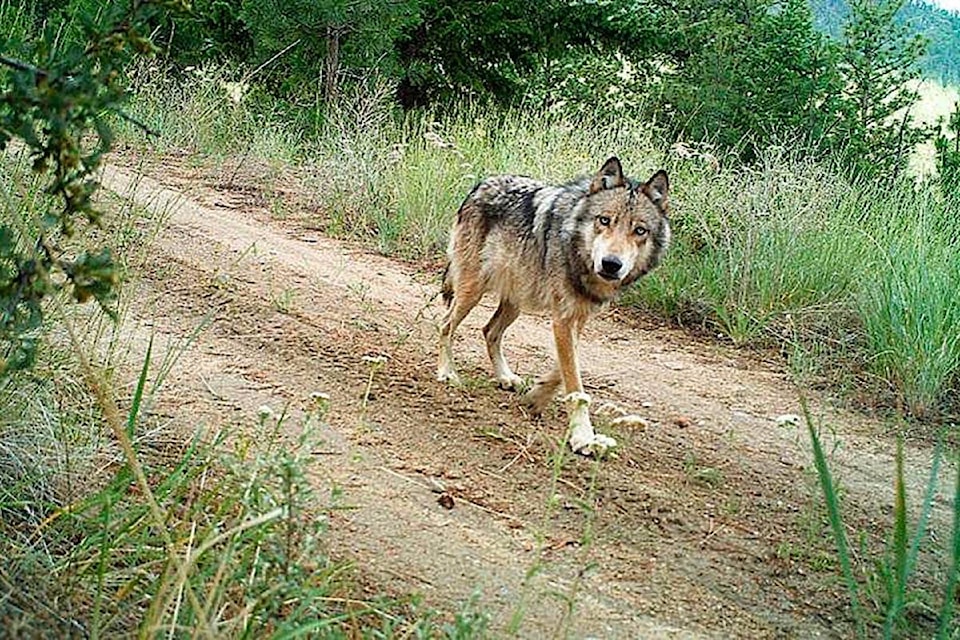The wolf that tried to drag away a camper in Banff National Park wasn’t necessarily targeting humans, says a central Alberta wildlife expert.
The animal attacked a man last Friday morning at the Rampart Creek campground on the Icefields Parkway north of Lake Louise.
The man, who was in a tent with his family, made some noise and poked the side of his shelter to scare away what he believed was a bear in their campsite.
“I don’t think he saw a person and went for it. By the sounds of it, he’s just grabbing at something that was shaking in front of him,” said Carol Kelly, executive director of the Medicine River Wildlife Centre.
“(The man’s) first instinct was to shake the tent and make the animal go away. But perhaps the best thing would have been to sit still, let the animal sniff, and it might have just passed by.”
She said while doing research last year, she was not able to find any reports of a confirmed wolf attacks on a human.
“It’s beyond rare.”
Related:
Wolf involved in rare Banff National Park attack was old and in poor condition
Warning issued in Banff National Park after female wolf approaches campers
The wolf involved in the Banff Park attack, which was later shot, was found to be in poor health.
Kelly said often when wildlife does something out of character, like an owl attacking puppies in a park, they are almost always in bad shape and starving.
People generally go about their lives unaware of wildlife such as cougars, bears, lynx and badgers that move through Red Deer’s river valley.
“You’ve got oodles of different things coming through.”
She said right now, Calgarians are reporting more bobcat sightings. She has yet to hear of bobcats in Red Deer, but like Calgary, Red Deer has a large hare population, which is the No. 1 prey for bobcats. They also hunt for grey squirrels.
People can help deter wildlife by not leaving food out for stray bunnies and cats, she said.
“The nice side is people care more about wildlife. But on the other side, they have to be careful how they care. Leaving food sources out will bring these animals in closer to people.
“We live in this lovely green area. We’ve got all those beautiful parks. We’ve got the river, so of course, we’re going to have wildlife. The cleaner we make our cities, the less issues we’re going to have,” Kelly said.
She said people should clean up around fruit trees, control their garbage and stop installing low-lying bird feeders.
— With files from The Canadian Press
szielinski@reddeeradvocate.com
Like us on Facebook and follow us on Twitter
